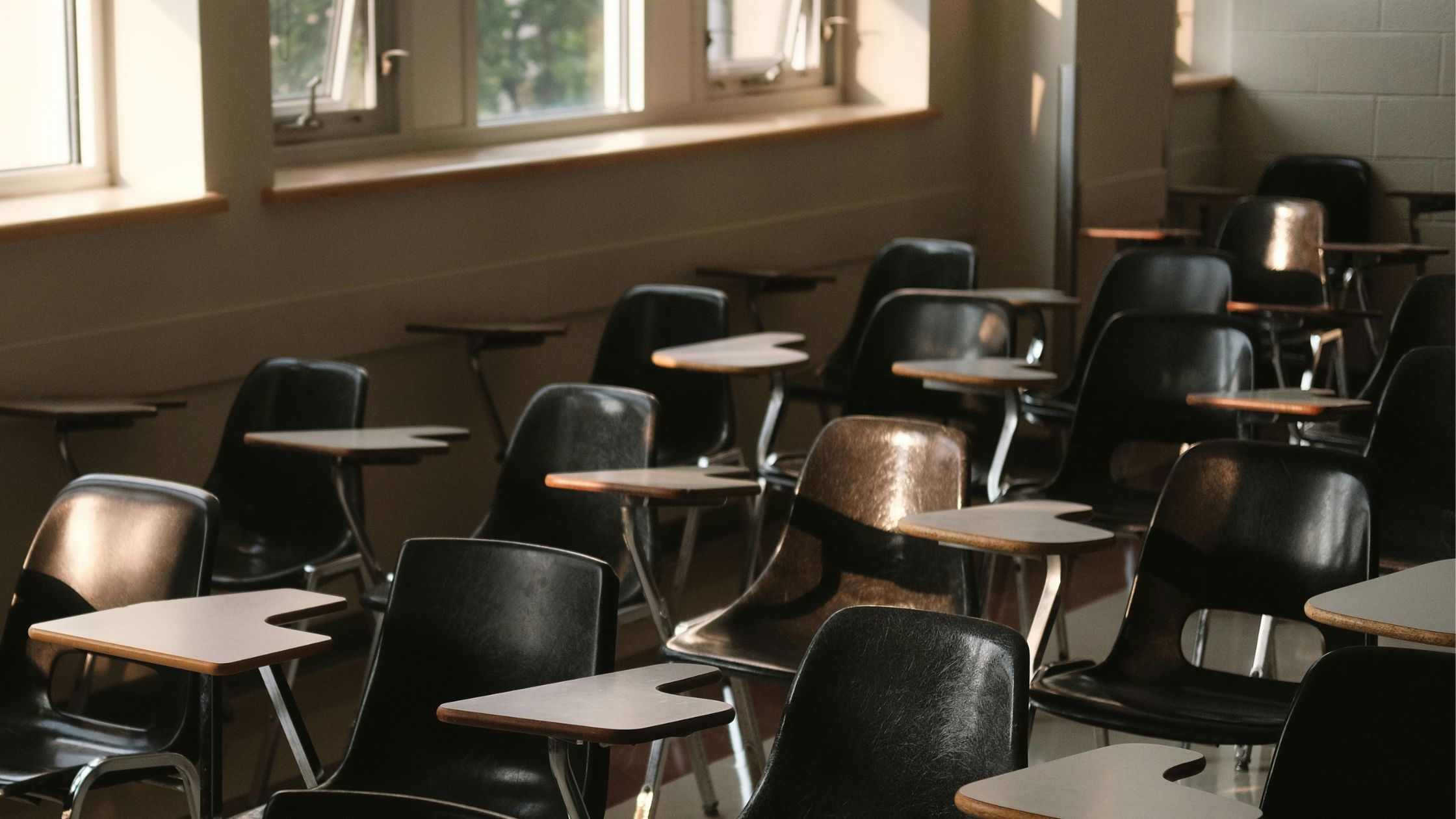For the third year in a row, Florida's Department of Education (DOE) has ranked Exceptional Student Education (ESE) as the state's number-one high-demand teacher field, underscoring a crisis that continues to shape how, and whether, students with disabilities receive the education they're guaranteed under federal law.
What "10,000 Missing Teachers" Really Means
Florida's 2025–26 High Demand Teacher Needs Report shows that during the last school year, 10,167 ESE courses were taught by teachers not certified in special education, the highest number across all subject areas.
That number doesn't mean 10,000 positions were empty. Instead, it means 10,000 classrooms were staffed by someone unqualified for the job. Those teachers were working, but not properly trained or certified to teach students with disabilities.
In total, ESE accounts for 15.8% of all out-of-field instruction statewide, despite representing only about 10% of total course offerings.
That imbalance makes ESE Florida's most "out-of-field" discipline, meaning schools are filling their special-education classrooms, but not with highly qualified teachers.
Out-of-Field Instruction by Subject Area (2023–24)
Vacancies Add Another Layer
Alongside those 10,000 underqualified positions, districts projected 2,079 ESE vacancies for the current school year, meaning jobs with no teacher at all. That's more than one in four teaching vacancies statewide. teaching vacancies statewide.
Projected Teacher Vacancies by Subject Area (2025–26)
Out-of-Field vs. Vacant: Two Sides of the Same Shortage
The DOE tracks shortages through two separate data points:
- Vacancies — jobs unfilled by any teacher.
- Out-of-Field Assignments — jobs filled by teachers lacking required certification.
Put simply:
- The 10,167 figure = classrooms where students have a teacher, but not a qualified one.
- The 2,079 figure = classrooms with no teacher at all.
Both contribute to why ESE ranks as the #1 high-demand field statewide, and both highlight a system struggling to find and keep trained special educators.
Vacant vs. Out-of-Field: What the Numbers Mean
10,167
Out-of-Field
ESE courses taught by teachers without ESE certification.
2,079
Vacant
ESE teaching positions with no teacher assigned.
A Pipeline That's Barely Flowing
Florida's teacher-preparation programs aren't keeping up. In 2022–23, only 309 students statewide completed ESE teacher-preparation programs, roughly one graduate for every seven projected vacancies.
Teacher Pipeline vs. Open Positions (2022–23)
By contrast, ESOL and Reading programs graduate more teachers than there are positions, showing a deep mismatch between Florida's university pipelines and classroom demand.
Unequal Impact
The DOE report also reveals that nearly 10% of Florida courses statewide are taught by an out-of-field teacher, and that rate rises to about 11.7% in Title I and urban low-income schools, campuses that also enroll the largest proportions of students with disabilities.
Those schools serve higher proportions of students with disabilities, meaning the students who most need qualified instruction are often the least likely to receive it.
Out-of-Field Instruction by School Type (2023–24)
The Cost of Inaction
The downstream effects are measurable. Florida's reading proficiency data shows that only 26% of fourth graders with IEPs read on grade level, with worse figures for eighth graders and high school students. Chronic understaffing makes those outcomes predictable, not surprising.
Florida promises individualized instruction to every student with a disability. It's delivering that instruction through uncertified substitutes, or not delivering it at all.
Citations
All data sourced from the Florida Department of Education, Identification of High Demand Teacher Needs Areas for 2025–26 (released 2024)
